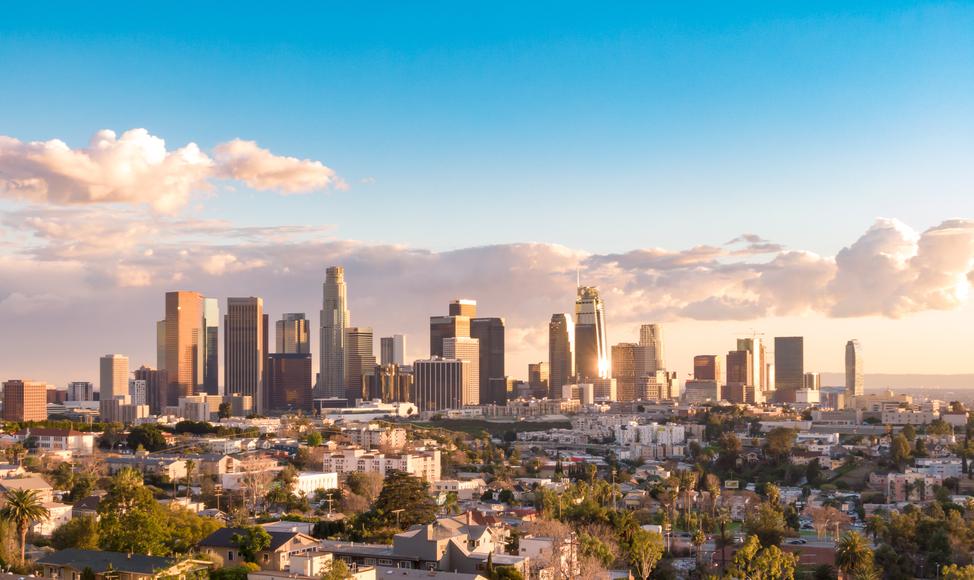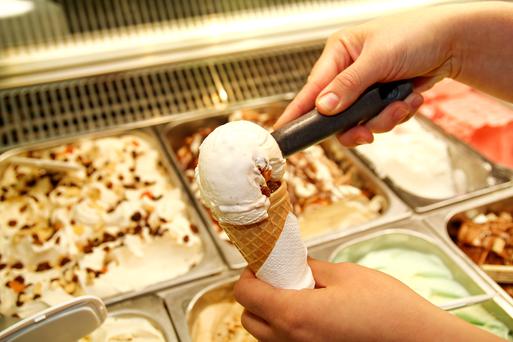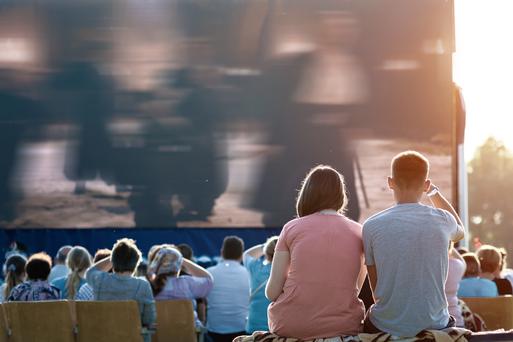This Los Angeles historical landmark is quite the impressive one, as it brought on a wave of change in the architecture of the Golden State. This famous landmark in Los Angeles was legendary architect Frank Lloyd Wright’s first-ever commission, hired by Aline Barnsdall who had envisioned making it into a centerpiece for the artists’ colony.
The name Hollyhock is indeed not based on someone’s last name, it is actually Barnsdall’s favorite flower, from which Wright took inspiration and even made sure to add simple Hollyhock patterns throughout the house. Unfortunately due to intense differences in mindset, the huge project was cut short, and Barnsdall barely occupied the residence even after it was completed in 1921, she instead decided to donate it to the property of the City of Los Angeles in 1927 as an art park.
Hollyhock House is the first to be added to the UNESCO World Heritage Site List as a Los Angeles landmark, making it the first UNESCO site in the city. Its value is internationally recognized and appraised, and as it is now nearing 100 years old, it requires regular maintenance to preserve said value and cultural heritage.
2. Fugetsu-Do
Fugetsu-Do is a true relic of the past. As the oldest business in Little Tokyo, it holds a lot of cultural significance for the Japanese-American community, as it is both a witness and survivor of the forced incarceration of the community during the Second World War, the 1992, and several other events. Fugetsu-Do is a family-owned business that started operating in 1903, now in its third generation. It specializes in confection Japanese sweets like Manju (sweet bean-filled rice cake) and Mochi (rice cake).
This is one of the historic places in Los Angeles that remind us of the complex past of the United States, the trials immigrant communities faced at the time, and the origins of the now culturally diverse and welcoming community of the Golden State.
3. Bradbury Building






